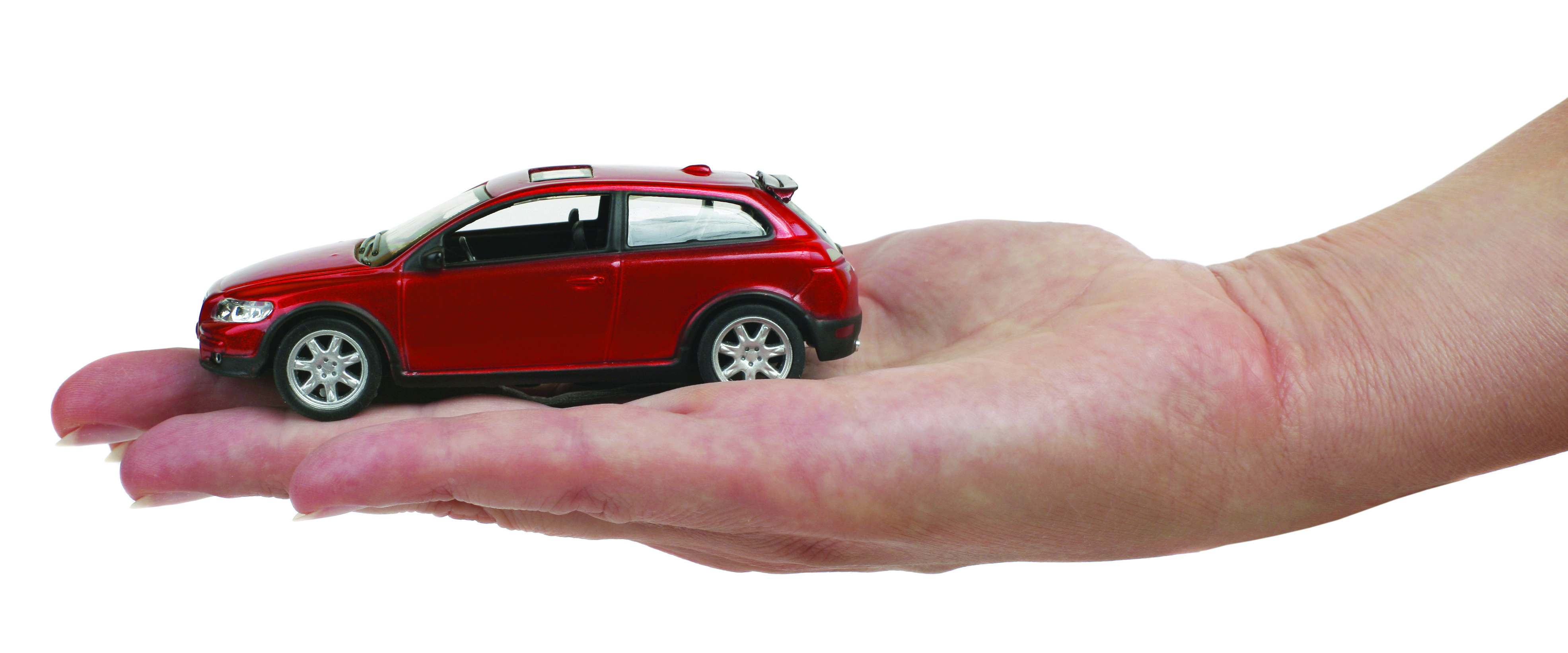
from AARP: AARP Driver Safety
Although older drivers are the demographic group with the highest rate of seatbelt use— and the lowest percentage of alcohol-related accidents— they are more likely to be killed or seriously injured when a crash occurs.
Learn how to refresh your driving skills, save money, volunteer and find useful information and guidance about getting around at aarp.org/driver-safety.
Why? Older drivers are more physically fragile than their younger counterparts, and they’re generally less able to withstand the impact of a vehicular accident.
Fortunately, there are ways for drivers to adapt to their cars — and adjust their “fit” within them — in order to reduce their risk of injury during a crash.
CarFit, a free educational program created by the American Society on Aging and developed in collaboration with AAA, AARP, and the American Occupational Therapy Association, helps address these safety concerns. www.car-fit.org
Automobiles and other vehicles are designed and manufactured with safety in mind. However, for older drivers, safety features are especially important. Death rates due to injuries from crashes are much higher for older people than for younger age groups. The higher death rates occur because our fragility increases as we age, and our ability to withstand the forces involved in crashes become much lower.
Six Safety Tips to Consider When Buying a Car:
Ensure the safety belts work
Safety belts provide protection against all types of collisions. In a crash, if you are correctly belted, you are better able to maintain control. The safety belt enhances your ability to stay in position behind the steering wheel and to retain control of the vehicle.
Look for a vehicle with air bags and head restraints
Front driver and passenger air bags provide protection in head-on collisions. Side or “curtain” air bags provide protection in side-impact collisions. Head restraints prevent your head from being snapped back in a rear-end collision.
Choose color wisely
Exterior color makes a difference. Cars that are brighter and lighter in color are easier for other drivers to see at night and when it rains.
Get anti-lock breaks
Anti-lock brakes improve stopping and steering control during sudden stops.
Check for side-view mirrors
Side-view mirrors on both sides of the car help with lane changing and passing.
Get an adjustable front seat
An adjustable front seat allows you to keep the proper distance between you and the steering wheel in case your air bag activates. The adjustable seat also helps you keep your head above the steering wheel for maximum visibility.



